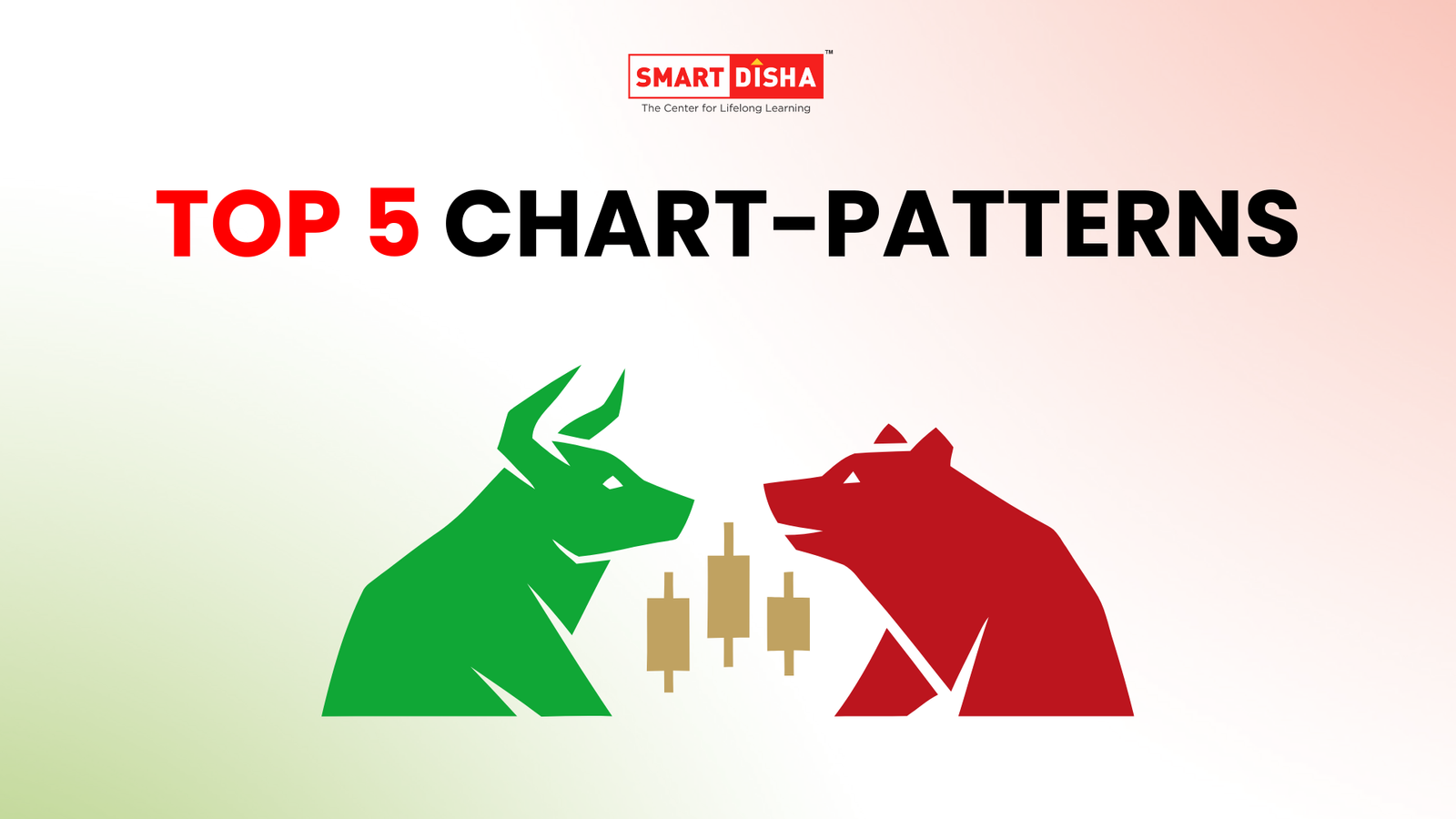In the previous blog post, we explored the trusty Price-to-Earnings Ratio (P/E Ratio) for stock evaluation. But the world of finance is vast, and different companies require different valuation techniques. Today, we’ll delve into a toolbox filled with valuation methods, each suited for specific situations.
What is Valuation Methods?
A valuation method, in finance and investment, refers to a systematic approach used to determine the worth or value of a company, asset, or investment opportunity. These methods help investors and analysts assess the financial health, potential future earnings, and overall attractiveness of an investment. Different valuation methods are used depending on the type of company, industry, stage of growth, and available financial data
Matching the Method to the Company
Just like using the right tool for the job, the best valuation method depends on the type of company you’re analyzing. Here are some popular methods and the companies they’re best suited for:
1. Discounted Cash Flow (DCF)
What is DCF? The Discounted Cash Flow (DCF) method estimates the present value of a company’s future cash flows.
Best for: Companies with predictable cash flow generation, like utilities or established consumer staples companies.
2. Price-to-Book Ratio (P/B Ratio)
What is P/B Ratio? This ratio compares a company’s market price to its book value (net assets on the balance sheet).
Best for: Companies with significant assets, like banks or financial institutions.
3. Enterprise Value (EV) to EBITDA
What is EV/EBITDA?
This method considers a company’s entire value, including debt, and is useful for companies with varying capital structures or high levels of debt.
Best for: Leveraged companies or those in cyclical industries.
4. Market Multiples
What are Market Multiples?
This approach compares a company’s valuation metrics (like P/E Ratio or EV/EBITDA) to similar companies within the industry.
Best for: Companies with publicly traded peers.
5. Special Cases: Startups and Early-Stage Companies
Traditional valuation methods can be challenging for startups or early-stage companies with limited financial history or unpredictable cash flow. Here, investors might rely on:
6. Venture Capital Method
What is the Venture Capital Method?
This method focuses on the company’s potential for future growth and market share, often using a benchmark valuation based on similar startups in the same stage.
Price-to-Sales Ratio
What is the Price-to-Sales Ratio?
This ratio compares a company’s market price to its revenue and can be an alternative for companies with limited profitability.
Combining Methods for Best Results
Remember: Valuation is an art, not an exact science. No single method is perfect, and the best approach often involves combining multiple techniques and considering qualitative factors like the overall market environment and the company’s management team.
Common Questions and Direct Answers
What valuation method is best for a tech startup?
For tech startups, the Venture Capital Method or the Price-to-Sales Ratio is often used due to the high growth potential and limited profitability in the early stages.
How do you value a company with high debt levels?
Using the EV/EBITDA method is ideal for companies with high debt levels as it accounts for the entire value of the company, including debt.
Can I use multiple valuation methods?
Yes, combining multiple methods can provide a more comprehensive view of a company’s valuation.
The Journey Continues
By understanding these different valuation methods, you’re well on your way to making informed investment decisions. In the next blog post, we’ll explore how to put all the pieces together – financial analysis, valuation methods, and a dash of investor psychology – to craft a solid investment strategy.
Stay tuned for more insights!




